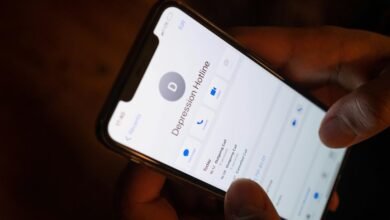Who Called You From 4408567823, 4422280895, 4432147846, 4432280254, 4432446053, and 4432611213? Find Out Everything About Any Phone Number

Numerous calls from unfamiliar numbers such as 4408567823, 4422280895, and others raise questions about their origin and purpose. Phone number lookup services offer a systematic approach to uncovering details behind these calls. By analyzing caller ID information and cross-referencing against extensive databases, individuals can discern patterns and potential scams. Understanding these aspects is crucial, particularly when navigating the landscape of unsolicited communication. What insights might these numbers reveal about modern telecommunication practices?
Understanding Caller ID and Phone Number Lookup Services
Caller ID technology serves as a critical tool in modern telecommunications, enabling users to identify incoming calls by displaying the caller’s phone number and, in some cases, their name.
Advanced caller ID features enhance user experience by providing additional information.
Complementing this, phone lookup tools offer extensive databases, allowing individuals to verify unknown numbers, thereby fostering autonomy and informed decision-making in communication.
Common Scams Associated With Unknown Numbers
Scammers frequently exploit unknown numbers to perpetrate various fraud schemes, preying on individuals’ curiosity and concern.
Common tactics include impersonating legitimate organizations, soliciting personal information, or offering unsolicited prizes.
Effective scam identification techniques involve recognizing red flags such as urgency or unfamiliarity.
Individuals should prioritize reporting suspicious calls to appropriate authorities, contributing to a collective effort in combating telephone fraud and enhancing public awareness.
Best Practices for Handling Unfamiliar Calls
How should individuals navigate the complexities of unfamiliar calls to mitigate potential risks?
Effective call screening is essential; individuals should utilize features that identify callers before answering.
Employing voicemail etiquette, such as allowing unknown callers to leave a message, assists in determining legitimacy without immediate engagement.
This strategic approach minimizes exposure to potential scams while preserving personal autonomy in communication choices.
Conclusion
In an age where information is at our fingertips, one might find it ironic that many still engage with unknown numbers, risking their privacy for the sake of curiosity. The very tools designed to enhance communication safety—phone lookup services—are often overlooked. As individuals navigate the intricate web of potential scams and unwanted solicitations, the importance of utilizing these services becomes glaringly clear, underscoring an ironic truth: in seeking connection, one must first ensure their own security.





